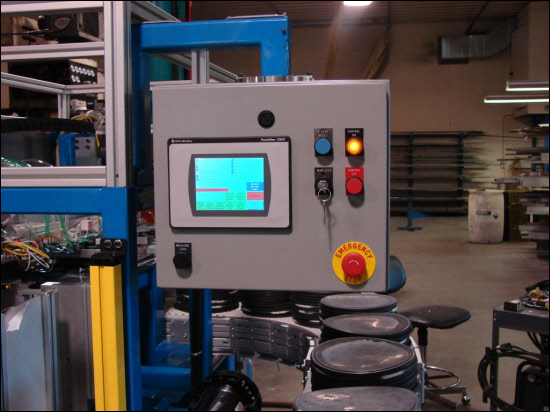Data
Management in Information Technology
Data can be entered into a computer in many ways. After this data is entered it needs to be ordered
and managed to meet the requirements of the user. As we progress to the future with most data
being entered into computers for use with data collection software, it is
important to have the data managed in a way to make it easily assessable. Data management is essential to structure and
growth of information technology and computer science. In this paper I will explain how data management
has been used across all aspects of information technology, modern computer
systems and how it has evolved over the years as computers have developed
Computer data storage is a technology consisting of
computer components and recording media that is used to retain digital
data. It is a main function and important
component of computers. Data management
arose in the 1980s as technology moved to random access storage (also known as
random access memory). “Random access memory
(RAM) is a type of electronic storage technology that provides fast data access
to support essential computing tasks” (2014).
When a user enters a command via input devices such as the keyboard or
mouse, the CPU interprets the command and instructs the hard drive to load the
required data into the RAM in order to make it accessible. RAM offers faster
read/write speeds than any other type of storage technology used in personal
computers (2014).
There are many different computer programming languages
that produce various kinds of output to a computer with a set of instructions. Data manipulation language (DML) is a
computer programming language used for adding, deleting and modifying data in a
database. A DML is often a sublanguage of
a broader data language such as SQL, with the DML comprising some of the
operators in the language (Chatham, 2012).
Structured Query Language (SQL)
is a widespread data manipulation language which is used to retrieve and
manipulate data in a relational database.
A relational database refers to a database that stores data in a
structured format, using rows and columns (2019).
Many types of database management software have been developed
over the years. Within the realm of
database management software, common applications like MS Access, Visual FoxPro
or SQL help to handle different kinds of data within their respective databases
or data containers. Apart from just taking in data, data management software
often contemplates other long-term goals, such as comprehensive security for
data, data integrity and interactive queries. Data management software may also
look at the life cycle of data to provide security in all phases: during the
generation of data, during data storage, and during eventual data disposal.
Data managers may need to set time frames for data life cycles in order to
control the maintenance burden on a system and to answer key questions about
data security and compliance with standards or regulations pertinent to an
industry or field (2019). I recently had
the chance to use Microsoft Access to prioritize my daily task. I prioritized the tasks as high, medium and
low for my daily tasks. I found that
Microsoft Access files are large and can be multiple gigs.
Data management can be used for in different aspects such
as network architecture, management and security. “Military keeps records of millions of
soldiers and it has millions of files that should be keep secured and safe. As
DBMS provides a big security assurance to the military information so it is
widely used in militaries” (Sharma, 2017).
A company being able to have their data stored in a secure database is
essential to the security of important information. A Integrated database system which was an
early network database management system which was used most by industry. “The network database model allows each
record to have multiple parent and multiple child records, which, when
visualized, form a web-like structure of networked records. In contrast, a
hierarchical model data member can only have a single parent record but can
have many child records” (2019).
There are many ways for individuals and companies to
store and manipulate their data. Each
needs to choose the type of database management system that best suits their
task. Together with the advancement of database
software and security practices, data can be kept in good order and secure. Making the way for a “Big Data” present and
future.










